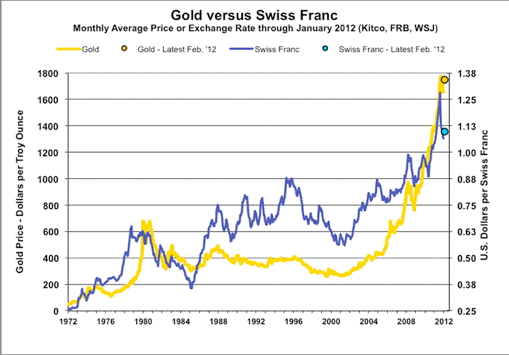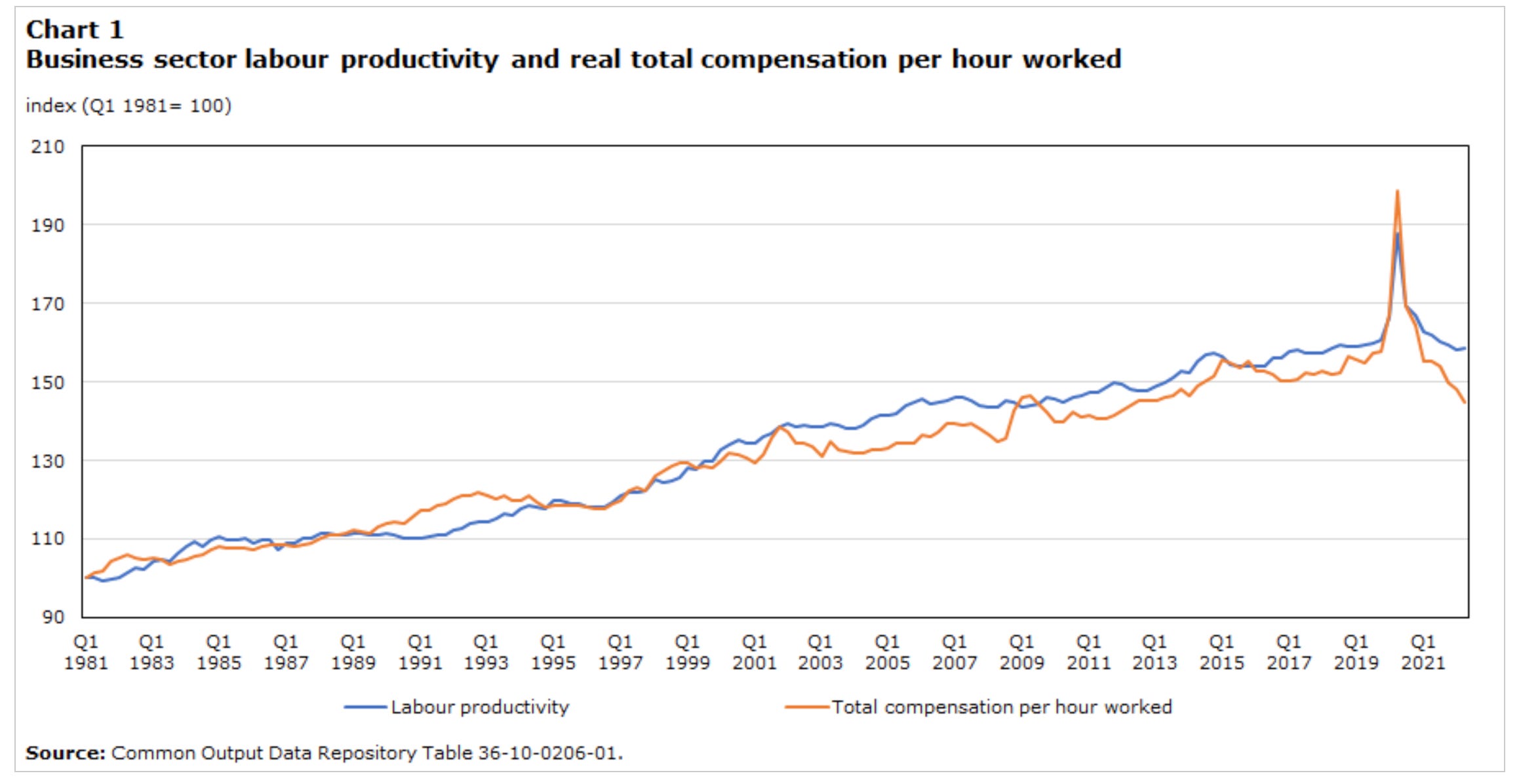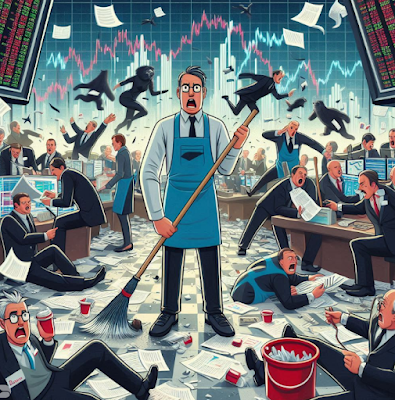The incredible growth and success of SVB could not have happened without negative rates, ultra-loose monetary policy, and the tech bubble that burst in 2022.
Original Article: "How Easy Money Killed Silicon Valley Bank"
This Audio Mises Wire is generously sponsored by Christopher Condon.
Full story here Are you the author? Previous post See more for Next postTags: Featured,newsletter


























